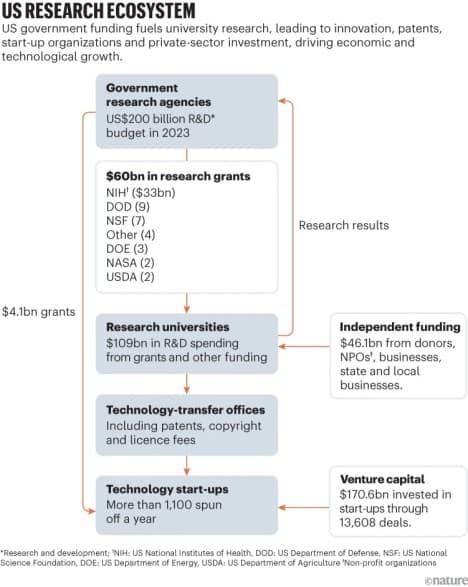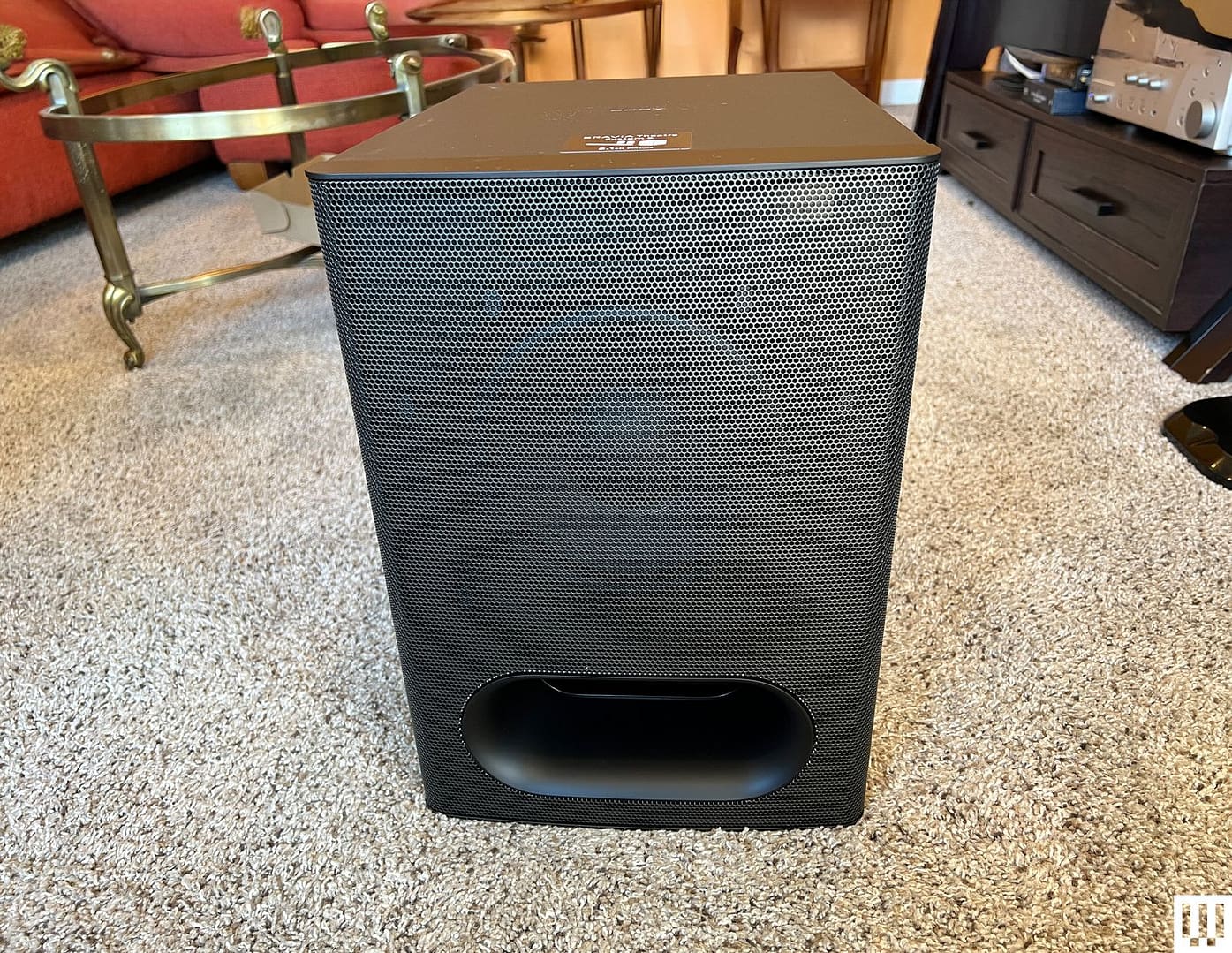Spyzie Spyware Breach: How Thousands Had Their Personal Data Exposed
Your private data isn’t as safe as you think. A massive security flaw in Spyzie, a popular spyware app, has exposed the personal information of over 510,000 Android users and nearly 5,000 iPhone users. Call logs, messages, emails, and even private photos have been leaked.
This isn’t the first spyware breach. Cocospy and Spyic, two other surveillance apps, suffered similar security failures. The worst part? These vulnerabilities remain unfixed.

If you think you’re safe, think again. Let’s break down how this happened, what’s missing from the reports, and how you can protect yourself. According to TechCrunch, unregulated spyware continues to pose privacy risks.
The Extent of the Spyzie Data Leak
How Bad Was the Breach?
Imagine waking up to find your entire digital life exposed. That’s what happened to over 510,000 Android users and nearly 5,000 iPhone users who had their private data leaked.
We’re talking about:
- Millions of text messages, emails, and photos
- Call logs, contact lists, and GPS locations
- Browsing history and installed apps
- Even private conversations meant to stay hidden
To make matters worse, even Spyzie’s paying customers had their email addresses leaked. No one was safe.
Why Is This Breach Different?
Unlike a typical data breach where hackers steal information from a company’s servers, this was stalkerware gone wrong. Spyzie’s own vulnerabilities left victims completely exposed, while the people spying on them were also at risk.
Here’s why this breach stands out:
- No fix in sight – The vulnerability is still unpatched.
- Not an isolated case – Similar breaches hit Cocospy and Spyic.
- Silent victims – Many had spyware installed on their devices without consent.
This isn’t just a leak. It’s a massive privacy invasion.
What the Reports Didn’t Tell You
The Technical Flaws No One Is Talking About
Most reports gloss over the actual security weaknesses, but here’s what likely went wrong:
- Unencrypted storage – Sensitive data may have been stored without encryption.
- Exposed API endpoints – Hackers could access user data directly.
- Weak authentication – Poor security measures may have allowed unauthorized logins.
Without a clear breakdown, cybersecurity experts can’t fully assess the risk.
Who Was Affected the Most?
A recent TechRadar investigation uncovers the dangers of stalkerware. The leak’s global impact remains unclear, but based on past spyware trends, here’s what we suspect:
- North America & Europe – Major hotspots due to high smartphone usage.
- Asia & Africa – Growing spyware markets with weak data protection laws.
- Legal risks – Countries with GDPR and CCPA protections could take action.
Without location data, users can’t know if they’re at risk.
Who Really Owns Spyzie?
A report from Wired reveals how spyware apps exploit security flaws. Spyzie operates under a shadowy parent company with links to Cocospy and Spyic. Their platforms share code similarities, raising serious questions:
- Are these apps secretly run by the same company?
- Is there a central database storing all stolen data?
- Can law enforcement track the developers?
Until these questions are answered, similar breaches will keep happening.
How Spyzie Profited Off Stolen Data
Spyzie is a paid spyware service, which means:
- Users paid to spy on others – Now, their own data is compromised.
- Spyzie could face lawsuits – Leaked data may trigger legal action.
- Mass subscription cancellations – Trust is broken, and customers might flee.
Understanding their business model exposes whether they were profiting off stolen data.
Financial and Business Impact of the Spyzie Leak
The Spyzie data breach has severe financial and legal implications. As a paid spyware subscription service, Spyzie generates revenue by offering surveillance tools. However, the exposure of sensitive user data raises serious concerns. Was stolen data monetized? If Spyzie profited from unauthorized data collection, it could face severe legal repercussions. Additionally, the breach may lead to a sharp decline in subscriptions as users lose trust in the platform’s security.

Beyond financial losses, Spyzie could face major legal consequences. Victims of the breach may file lawsuits for privacy violations, adding to the company’s troubles. Regulatory bodies in GDPR and CCPA-compliant regions might step in, potentially leading to government investigations or even a ban on Spyzie’s operations. With rising scrutiny on spyware apps, this breach could threaten the company’s entire business model.
Legal and Ethical Implications of the Spyzie Leak
The Spyzie breach raises serious legal and ethical concerns about stalkerware apps. These surveillance tools operate in a legal grey area, with different countries applying varying laws on spyware. Some nations ban such apps outright, while others impose strict regulations on their usage. The key question remains: Is Spyzie even legal? If laws classify it as unauthorized surveillance, Spyzie could face government action or shutdown orders.
Law Enforcement Response
With over 2.7 million users affected, authorities may be investigating the breach. Cybercrime units in regions with strong privacy laws, such as Europe and California, could launch legal actions against Spyzie. Meanwhile, tech giants like Google and Apple may respond by removing similar spyware apps from their stores, limiting their availability. This could cripple the spyware industry by cutting off its primary distribution channels.
A Pattern of Stalkerware Breaches
The Spyzie leak is not an isolated incident. Over the years, multiple spyware apps have suffered major data breaches, exposing millions of users. Here’s a look at some of the biggest spyware leaks:
| Year | Stalkerware App | Data Exposed |
|---|---|---|
| 2019 | Retina-X | Customer & victim data leaked |
| 2021 | MSpy | User credentials exposed |
| 2023 | KidsGuard | Photos & messages leaked |
| 2025 | Spyzie, Cocospy, Spyic | 2.7M emails & personal data |
Why Spyware Breaches Keep Happening
These security failures keep occurring because spyware developers reuse vulnerable code across multiple apps. Instead of building secure platforms, many companies cut corners, leading to weak encryption and exposed databases. Additionally, the spyware industry lacks proper regulation, allowing these risks to persist. Until stronger cybersecurity standards are enforced, more breaches are inevitable.
How to Protect Yourself from Spyware
Spyware apps like Spyzie can run silently in the background, tracking your calls, messages, and location. If your device is infected, your privacy is at risk. Knowing the warning signs and how to remove spyware can help keep your personal data safe.
Signs That Your Device Might Be Infected
If spyware is installed, you may notice:
- Unusual battery drain – Spyware constantly runs in the background, consuming power.
- Unexpected spikes in data usage – The app sends stolen data to remote servers, increasing data consumption.
- Unfamiliar apps installed – Some spyware disguises itself as legitimate apps. If you see an unknown app, it may be spyware.
How to Detect and Remove Spyware
Protecting yourself from spyware requires proactive measures. Here’s how you can detect and remove spyware from your device:
- Check installed apps & permissions – Go to Settings > Apps and look for anything unfamiliar. If an app has access to messages, microphone, or GPS without reason, remove it.
- Use anti-spyware security tools – Install trusted security apps like Malwarebytes or Norton Mobile Security to scan for spyware.
- Reset your device if necessary – If spyware persists, factory reset your phone. This wipes all data, including hidden spyware files.
What Happens Next?
According to this analysis, the Spyzie leak has exposed serious security flaws in stalkerware apps. While it’s unclear if Spyzie will patch the vulnerability, this breach puts the entire spyware industry under scrutiny. Governments may introduce stricter regulations, and tech companies could ban similar apps altogether.
Protect Your Privacy Today
If you suspect spyware on your phone, act now. Scan for unwanted apps, update your device security, and stay informed about privacy threats. Your personal data belongs to you—don’t let spyware take control.












Post Comment